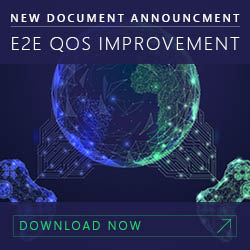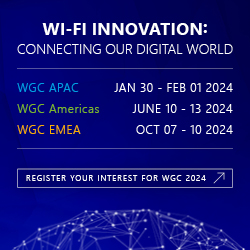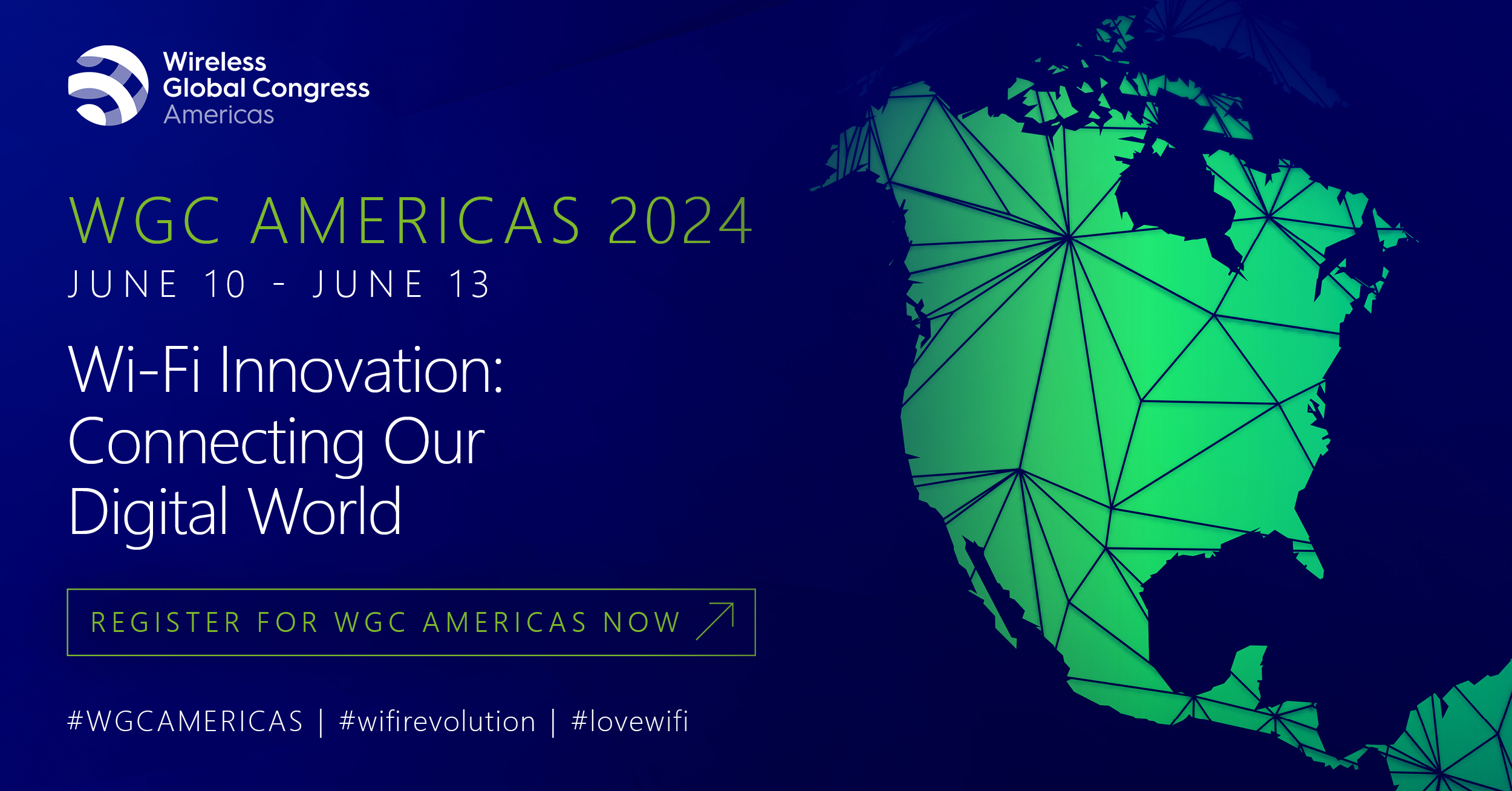New WBA report describes why Next Generation Hotspot & Passpoint™ are key enablers for providing identity and authentication and simplifying device provisioning
Singapore, 30 March 2017 –The Wireless Broadband Alliance (WBA) has today launched a new white paper outlining the key priorities for operators and technology vendors, and the monetization potential for unlicensed technologies for IoT. The report, entitled ‘Internet of Things: New Vertical Value Chains & Interoperability’, reveals that 85% of companies have made IoT a key focus area over the last 12 months, but have prioritized Consumer and Home, Transportation and Energy. It also highlights that companies consider IoT service and network interoperability, and roaming are important for areas such as smart city and automotive in dense environments.
The WBA has analyzed the use of Next Generation Hotspot (NGH) based on PasspointTM certified Wi-Fi equipment to facilitate the adoption of IoT services using unlicensed based radio technologies. Wi-Fi hotspots will be key for the development of IoT applications and services. But while current provisioning and sign-up procedures assume display and input capabilities, IoT devices will likely be defined without such capabilities. NGH takes the established hotspot model and build new levels of ease of discovery, security of connection and efficiency of service. As a result, there is an opportunity to augment the on-boarding definition to enable simplified IoT devices to be provisioned with NGH security credentials, and is being considered an important initiative in making impactful strides towards commercial IoT deployments.
The report shows that access technologies currently being preferred to support IoT deployments are Wi-Fi (and its HaLow variation) and LP-WAN, followed by 3.5 GHz, NB-IoT and ZigBee.
With certain IoT applications only sending a few bytes of data per day, monetization and revenue generation, especially with the use of unlicensed technologies, is a key focus of operators and technology vendors. When using unlicensed technology within IoT, monetization will be driven by non-traditional approaches, such as big data, etc. The WBA’s latest report shows that there are at least four different models emerging for the monetization of IoT:
- Hardware Based: Adding network connectivity to an existing or new product. This connectivity will be coupled with a web based tool (typically cloud based), providing basic management of the network connected device.
- Service Based: Transforming traditional product offerings into a recurrent service offering. Importantly, this transforms the customer relationship and their associated value to the business by allowing continued engagement over the lifetime of the service offering.
- Data Insight Based: Instead of the business to consumer service revenue, data revenue is focused on the business to business opportunity. Businesses can generate revenue by monetizing the suitably aggregated and anonymized data gathered from IoT.
- Ecosystem Model: Focus is not on the end-to-end product or service offering, but rather on delivering a shared platform to enable other ecosystem partners to monetize their unique capabilities.
These monetization strategies can be supported by different pricing models: One-time charges, pay-as-you-go, subscription models, pay-for-results, freemium models or transaction based models.
“With IoT services now beginning to take shape, the industry is starting to look at how revenues will be shared down the IoT value chain. The WBA’s 2020 vision seeks to look at the role of Wi-Fi and other unlicensed technologies to support IoT and smart city services, which is why our latest report outlines the opportunities for unlicensed technologies within IoT,” said Shrikant Shenwai, CEO of the Wireless Broadband Alliance. Companies are seeing that network interoperability and roaming in certain IoT use cases are important, and that existing authentication mechanisms based on NGH can be used to support IoT security.”
WBA explores the evolution of identities for IoT centric devices, moving up the stack to an association with applications and embedded identifiers. In this context, WBA have recently started a new effort that is defining a technical framework to address IoT service interoperability and roaming. To learn more and engage contact the WBA PMO, pmo@wballiance.com
The WBA’s latest report, entitled ‘Internet of Things: New Vertical Value Chains & Interoperability’, is available to download here https://wballiance.com/resources/wba-white-papers/ .
About the Wireless Broadband Alliance
Founded in 2003, the mission of the Wireless Broadband Alliance (WBA) is to accelerate global leadership for enabling of wireless services that are seamless, secure and interoperable. Building on our heritage of Next Generation Hotspot (NGH) and carrier Wi-Fi, WBA will continue to drive and support the adoption of Next Generation Wireless services across the entire public Wi-Fi ecosystem, including IoT, Converged Services, Smart Cities, 5G, etc. Today, membership includes major fixed operators such as BT, Comcast and Charter Communications; seven of the top 10 mobile operator groups (by revenue) and leading technology companies such as Cisco, Microsoft, Huawei Technologies, Google and Intel.
The WBA Board includes AT&T, Boingo Wireless, BT, China Telecom, Cisco Systems, Comcast, Intel, KT Corporation, Liberty Global, NTT DOCOMO, Orange and Ruckus Wireless. For a complete list of current WBA members, please click here.
Follow Wireless Broadband Alliance at:
www.twitter.com/wballiance
http://www.facebook.com/WirelessBroadbandAlliance
http://www.linkedin.com/groups?mostPopular=&gid=50482
https://plus.google.com/106744820987466669966/posts






